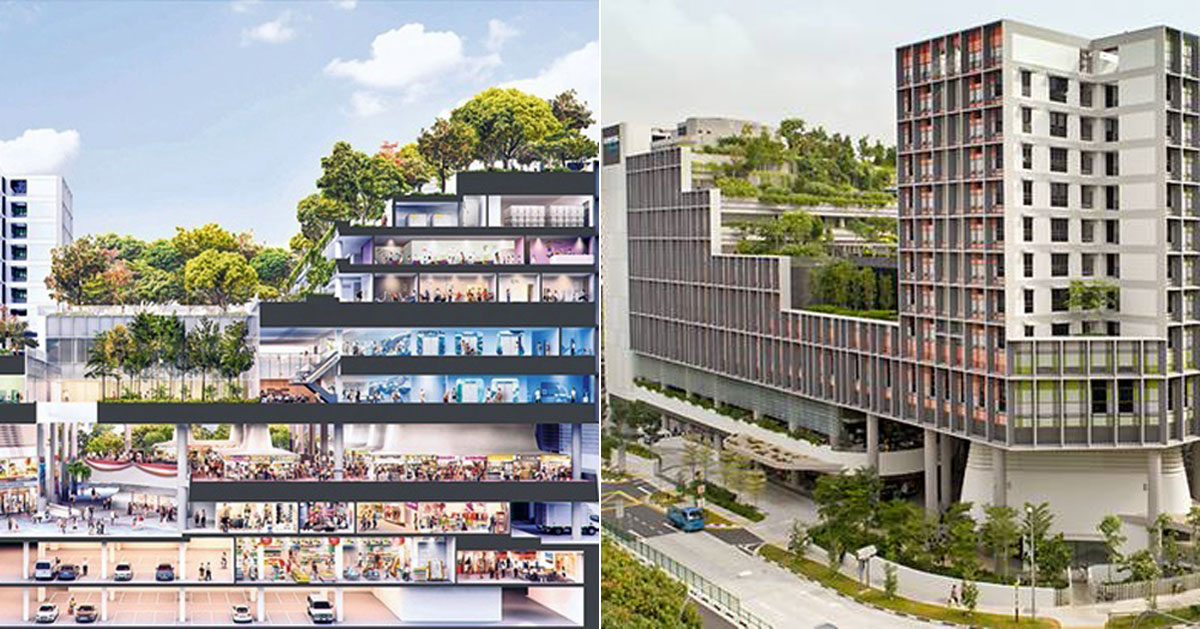Kampung Admiralty has won the World Building of the Year at the World Architecture Festival in Amsterdam.
The results were announced at the event on Friday, Dec. 1.
From the outside, this is how it looks:
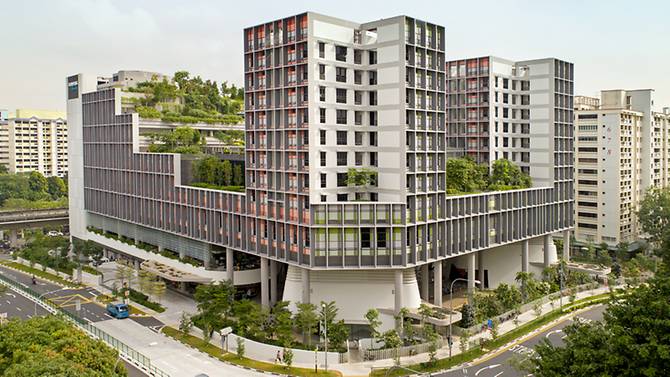
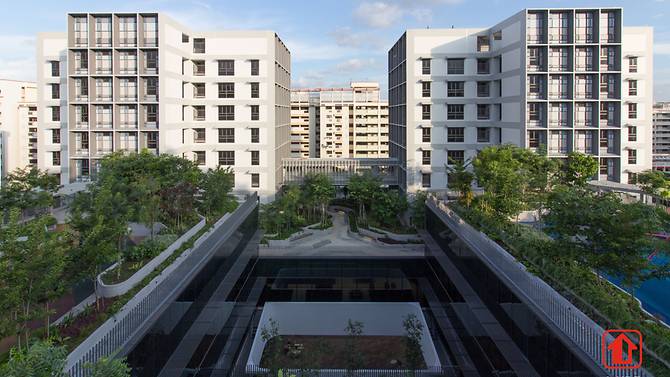
Packed with facilities
The project is a pioneering retirement community that has amenities such as a supermarket, medical centre, community garden, childcare centre and a hawker centre.
It is situated next to Admiralty MRT station and houses about 100 flats for seniors.
It beat 535 others that were shortlisted from 57 countries, at one of the most prestigious awards ceremony recognising architecture.
The mixed development is by WOHA architects.
And it is through looking at it via its cross-section that its purpose is more pronounced.
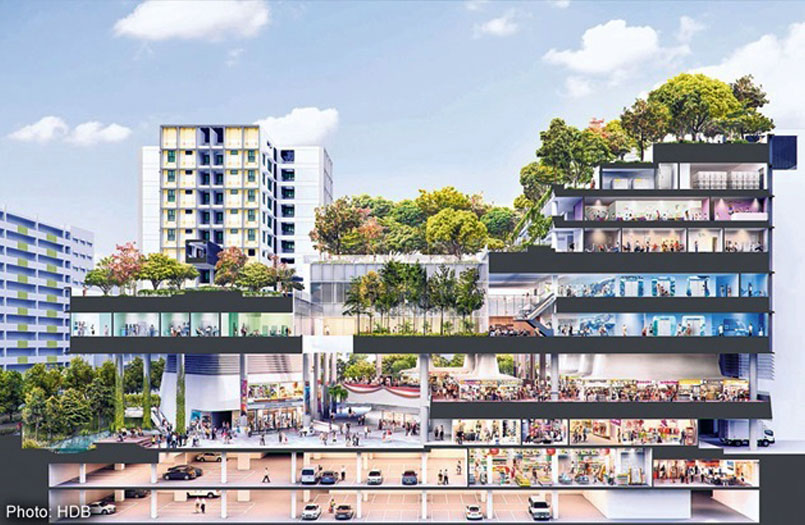
Many predecessors
How all these different amenities ended up housed together is due to this project coming a long way.
Initial studies and experiments carried out in Singapore go back 20 years.
HDB, for example, started offering two-room studio apartments for the elderly in 1998.
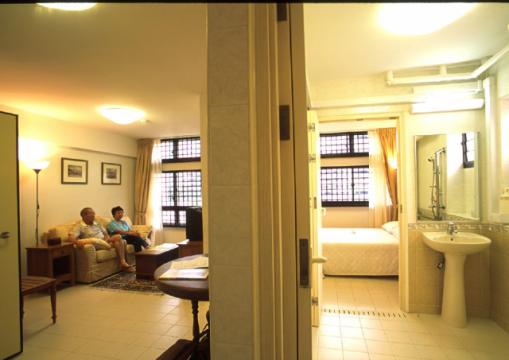
These age-friendly housing can be found across Singapore, such as Golden Pines at Tampines, Golden Willows at Jurong West, and Golden Clover at Toa Payoh.
They came equipped with elderly-friendly facilities: Anti-slip tiles, grab bars in toilets, emergency alarm cords, and a dedicated civil defence station in each development.
There was also a communal centre for residents to gather and interact.
Later versions of studio apartment, now called 2-Room Flexi-Flats, are incorporated into blocks with other flat types.
But it appeared that more could be done.
Identifying problems that affect the elderly
In 2011, a Ministerial Committee on Ageing (MCA) launched a project called City For All Ages.
It envisioned grassroots leaders and residents working with the government to identify problem areas in their neighbourhoods and installing elderly-friendly amenities and infrastructure.
For example, in 2011, it was found that 15 percent of the elderly in Marine Parade had fallen before.
It resulted in the Marine Parade Town Council retrofitting the homes of seniors with anti-slip tiles and grab bars.
Family as focal point
Other initiatives that arose from the City For All Ages project was the 2015 Action Plan for Successful Ageing.
One of the Action Plan’s main goals was to promote inter-generational interaction.
This is done by co-locating services, such as eldercare and childcare in a particular community, so that both old and young have easy access to these amenities.
Later HDB flats also came in larger sizes that are meant to house three generations of a family.
The pilot project was released in September 2013 in Yishun.
Back to kampung living
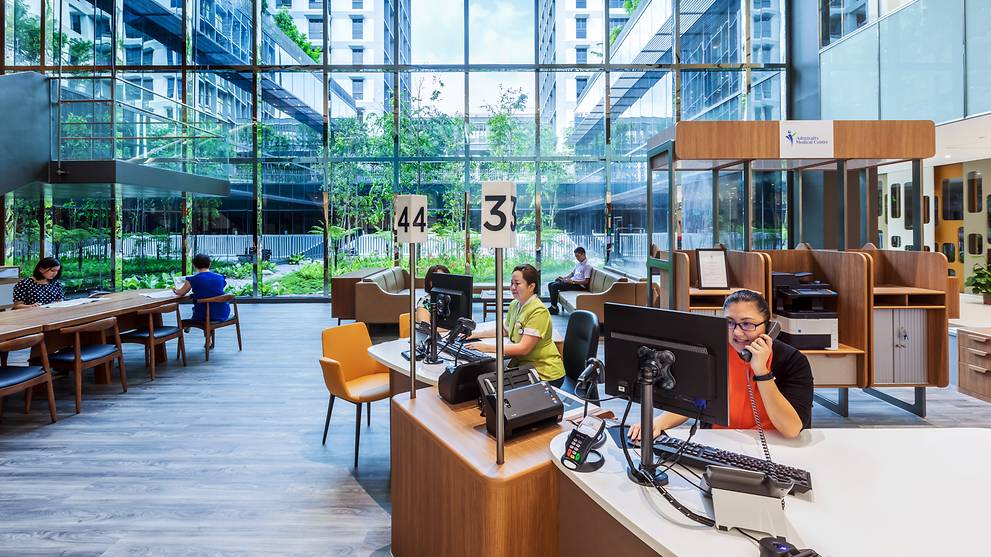 Kampong Admiralty has a dedicated medical centre. Via HDB.
Kampong Admiralty has a dedicated medical centre. Via HDB.
Kampung Admiralty is supposed to give the elderly access to the facilities they and their family members need, so that they can spend time together, even if they’re not living together.
The experiment is to figure out how the elderly can age gracefully and healthily.
Singapore has been learning from the past housing projects, since living arrangements have changed gradually over the last few generations.
In the early 1980s, people began to disperse from close-knit communities in kampungs and shophouses, to high-rise, dense-living housing arrangements.
Large families had to split up, as new accommodation in flats could not fit formerly multi-generational households.
From kampung to public housing, and back again to kampungs, it seems Singapore has come full circle.
It remains to be seen if this latest “experiment” will be the formula Singapore is seeking.
If you like what you read, follow us on Facebook, Instagram, Twitter and Telegram to get the latest updates.
